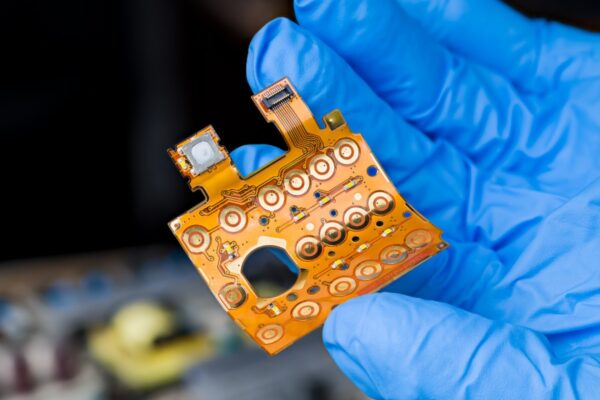What is Ceramic Substrate Printed Board
A ceramic substrate printed board, also known as a ceramic PCB, utilizes a ceramic material as the base or substrate. Unlike traditional PCBs that use materials like fiberglass or epoxy resin, ceramic substrate printed boards are made by bonding a copper foil directly to the surface of a ceramic substrate, such as Aluminum Nitride (AlN) or Alumina (Al2O3), through a high-temperature process.
The bonding of the copper foil to the ceramic substrate can occur on one or both sides, depending on whether the board is single-sided or double-sided. This unique construction offers several advantages. Ceramic substrate printed boards exhibit excellent electrical insulation properties, making them suitable for high-voltage applications. They also have a high thermal conductivity, allowing for efficient heat dissipation, which is especially important in devices that generate a significant amount of heat.
Ceramic substrate printed boards are commonly used in industries that require high-temperature endurance and reliability, such as power electronics, microelectronics, power modules, and hybrid microelectronics. They are particularly beneficial in applications where heat dissipation and electrical insulation are critical, such as in LED lighting, automotive electronics, and aerospace systems.





